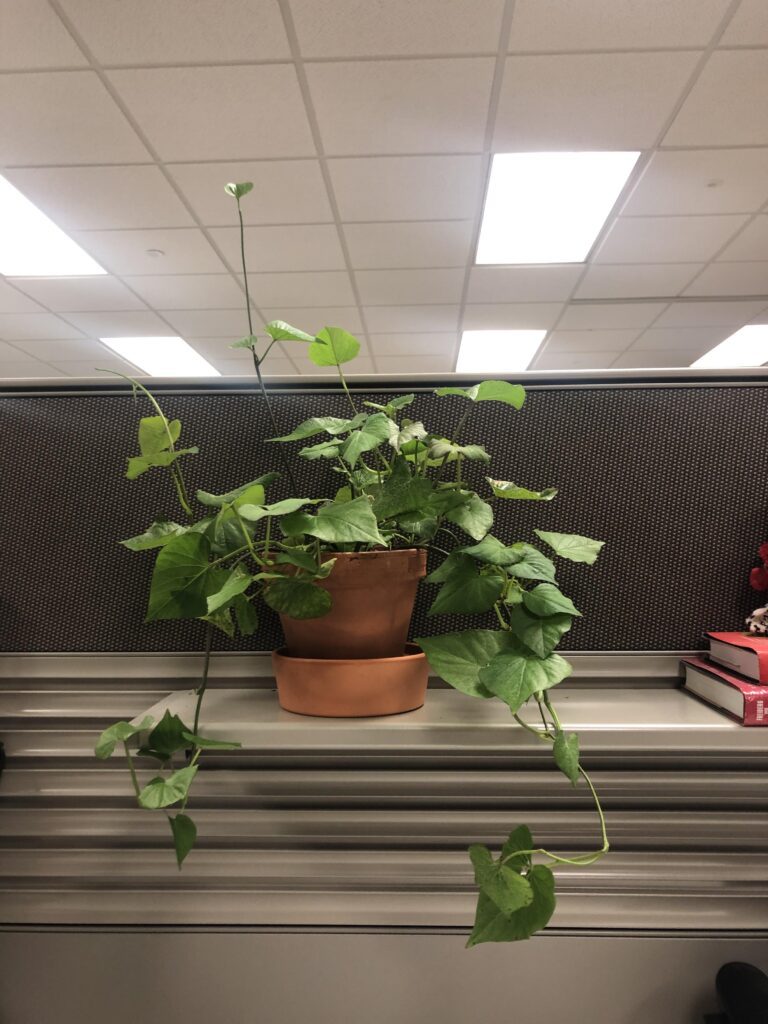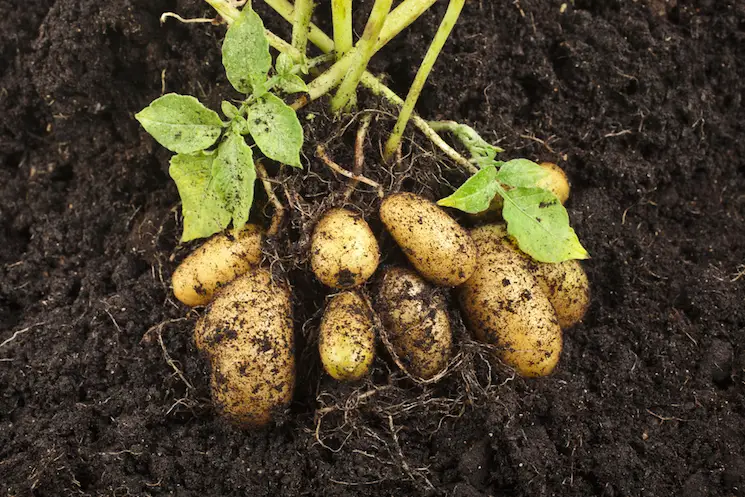Tomato Troubles: Identifying and Perfect Managing 21 Pests
Table of Contents
Common Tomato Troubles
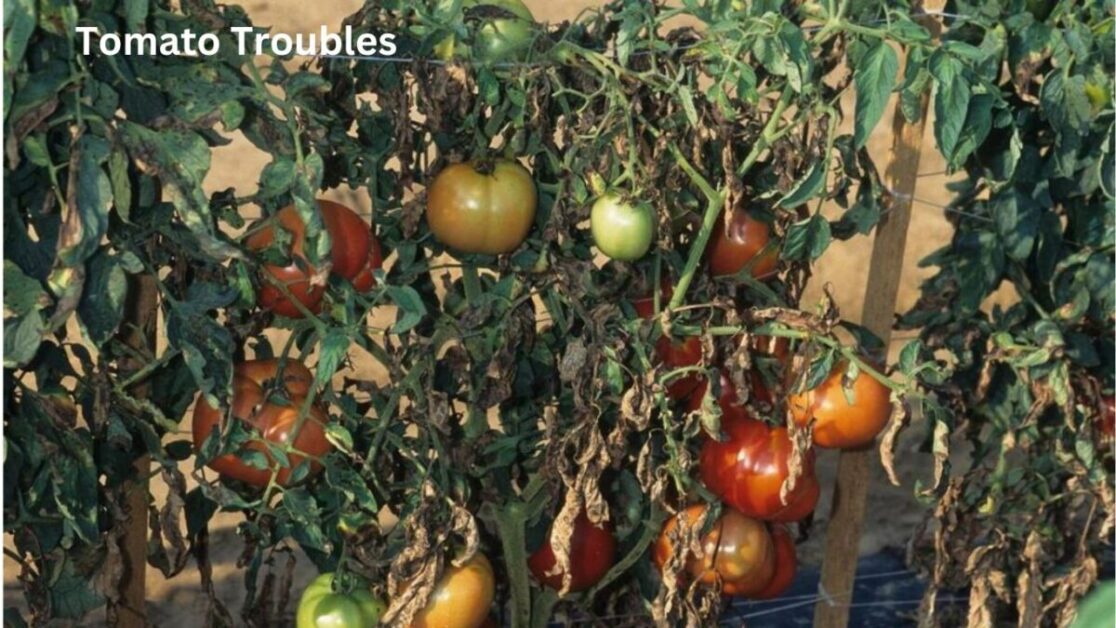
Tomato Troubles are beloved by gardeners for their versatility and flavor, but they are also vulnerable to a variety of pests that can threaten their health and yield. Common Tomato Troubles pests include aphids, whiteflies, hornworms, cutworms, spider mites, fruitworms, thrips, leaf miners, caterpillars, and beetles. These pests can cause damage to the leaves, stems, and fruits of tomato plants, leading to reduced growth and productivity.
Recognizing the symptoms of pest infestation is crucial for early detection and effective control. Signs of pest presence may include yellowing or browning of leaves, stippling or discoloration, curling or distortion of leaves, holes or chew marks on foliage, wilting or stunted growth, and presence of eggs or larvae on the plants. By closely monitoring your Tomato Troubles plants and being proactive in pest management, you can minimize the damage caused by these common pests and help your tomatoes thrive.
Symptoms of Pest Infestation Tomato Troubles
One of the key indicators of a pest infestation in tomato plants is the presence of holes or chewed edges on the leaves. Many common tomato pests, such as hornworms and caterpillars, feed on the foliage of the plant, resulting in visible damage. Additionally, wilting or yellowing of the leaves can also signal a pest problem, as certain insects may sap nutrients from the plant, causing it to weaken.
Another symptom to watch out for is the presence of sticky honeydew residue on the leaves, which can indicate an infestation of aphids or whiteflies. These insects excrete this sugary substance as they feed on the plant sap, leaving a telltale sign of their presence. Furthermore, the formation of webbing on the plant or the appearance of tiny, speck-like insects can point towards an infestation of spider mites, which can wreak havoc on tomato plants if left unchecked.
Early Blight
Early Blight, caused by the fungus Alternaria solani, is a common disease that affects tomato plants worldwide. It typically starts as small, dark lesions on the lower leaves, eventually spreading to the upper parts of the plant. These lesions have a concentric ring pattern and may have a yellow halo around them. As the disease progresses, the leaves may turn yellow, wither, and eventually die, leading to reduced plant vigor and fruit production.
The fungus responsible for Early Blight thrives in warm, humid conditions, making prevention and management crucial. To reduce the risk of infection, it is essential to practice good sanitation by removing and destroying infected plant material. Additionally, maintaining proper spacing between plants to promote air circulation, avoiding overhead watering to prevent leaf wetness, and mulching to reduce soil splashing are all effective cultural practices to minimize the spread of Early Blight. While fungicides can be used as a last resort, incorporating these preventative measures into your gardening routine can go a long way in protecting your tomato plants from this destructive disease.
Late Blight
Late Blight, caused by the fungus Phytophthora infestans, is a devastating disease that affects tomato plants worldwide. It is characterized by dark lesions on leaves, stems, and fruit, often spreading rapidly in wet and humid conditions. Infected plants may exhibit browning and wilting of foliage, leading to significant yield loss if not managed promptly.
One of the key strategies to prevent Late Blight in tomato plants is practicing good garden hygiene. This includes removing and destroying infected plant debris, spacing plants adequately for air circulation, and avoiding overhead watering to reduce humidity levels. Fungicides containing active ingredients such as copper or chlorothalonil can also be used preventatively, especially during periods of high disease pressure. Timely intervention and vigilance are essential in controlling Late Blight and maintaining the health of tomato crops.
Aphids
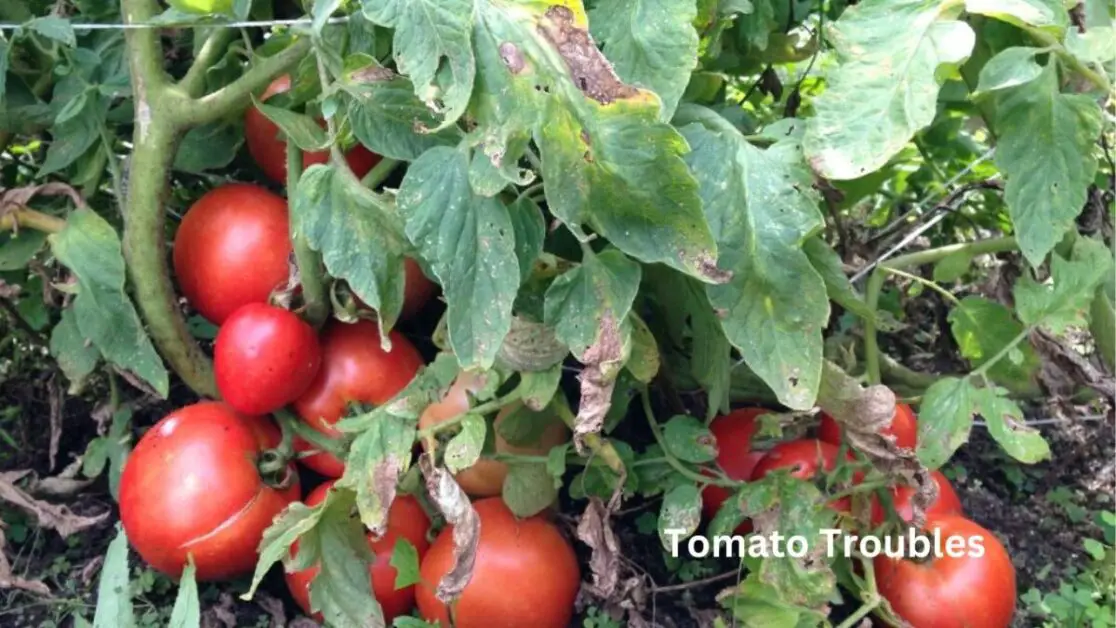
Aphids are common tomato pests that can wreak havoc on your plants if left unchecked. These tiny insects feed on the sap of the tomato plant, causing distortion and yellowing of the leaves. As they multiply rapidly, they can quickly overwhelm your tomato crop if not controlled.
One effective way to deal with aphids is to introduce natural predators such as ladybugs or lacewings into your garden. These beneficial insects feed on aphids, helping to keep their population in check. Additionally, you can use insecticidal soaps or neem oil to kill aphids on contact without harming the beneficial insects in your garden. Regularly inspecting your tomato plants for signs of aphid infestation and taking proactive measures can help protect your crops from damage.
Whiteflies Tomato Troubles
Whiteflies, scientifically known as Bemisia tabaci, are tiny insects that can cause significant damage to tomato plants. These pests feed on plant sap and can weaken the plant, making it more susceptible to diseases. Whiteflies are particularly problematic in greenhouses and indoor gardening setups where they can quickly reproduce and infest a crop.
The telltale signs of whitefly infestation on tomato plants include the presence of tiny, white insects on the undersides of leaves, as well as the formation of sticky honeydew residue on leaves and fruits. This sticky substance can attract ants and serve as a medium for the growth of sooty mold. To effectively manage whiteflies, it is essential to implement integrated pest management strategies that may include the use of biological controls, such as parasitic wasps, as well as physical barriers like insect netting to prevent infestations.
Hornworms Tomato Troubles
Hornworms, also known as tomato hornworms, are caterpillars of the hawk moth family known for their voracious appetite. These pests can quickly defoliate tomato plants, causing significant damage if left unchecked. Identifying hornworms can be relatively easy due to their large size, green color, and distinctive horn-like protrusion at the rear end.
To control hornworm infestations in your tomato garden, consider handpicking the caterpillars from the plants. Alternatively, you can introduce natural predators such as parasitic wasps that target hornworms. Applying organic pesticides like Bacillus thuringiensis (Bt) can also be effective in managing these pests without harming beneficial insects in your garden. Regularly inspecting your tomato plants for signs of hornworm presence and promptly taking action can help protect your crop from severe damage.
Cutworms Tomato Troubles
Cutworms, the larval stage of certain types of moths, can wreak havoc on tomato crops. These caterpillars are known for their nighttime feeding habits and tend to hide in the soil during the day, making them a particularly sneaky foe for gardeners. Cutworms target young tomato plants, severing them at or near the soil line, causing significant damage and potentially stunting the plant’s growth. It’s crucial to be vigilant and proactive in monitoring for signs of cutworm activity, such as wilting or damaged seedlings, to prevent substantial losses in your tomato harvest.
To protect your tomato plants from cutworms, implementing preventative measures is key. One effective method is to create physical barriers around the base of the plants, like collars made from cardboard or tin cans, to block the cutworms’ access. Additionally, introducing natural predators of cutworms, such as parasitic wasps or predatory beetles, can help keep their population in check. Keeping the garden area tidy by removing debris and weeds can also reduce the likelihood of cutworm infestations. By staying proactive and employing these preventative strategies, you can safeguard your tomato plants against the destructive tendencies of cutworms.
Spider Mites Tomato Troubles
Spider mites, common garden pests that belong to the family Tetranychidae, are minuscule arachnids that can wreak havoc on your tomato plants. These tiny pests, measuring less than 1 millimeter in size, often thrive in hot, dry conditions, making them a prevalent issue during the warmer months of the year. It’s essential to monitor your plants regularly for signs of spider mite infestations, as they can quickly multiply and cause severe damage if left unchecked.
One key indicator of spider mite presence is the appearance of fine webbing on the undersides of tomato leaves. This webbing serves as a protective shelter for the mites and their eggs, making it crucial to inspect both the leaves and stems of your plants for any telltale signs. Additionally, you may notice stippling or yellowing of the foliage, which occurs as the mites feed on the plant’s juices. Early detection and prompt action are vital in combating spider mites, as these resilient pests can reproduce rapidly and lead to stunted growth and reduced fruit production if not addressed in a timely manner.
Fruitworms Tomato Troubles
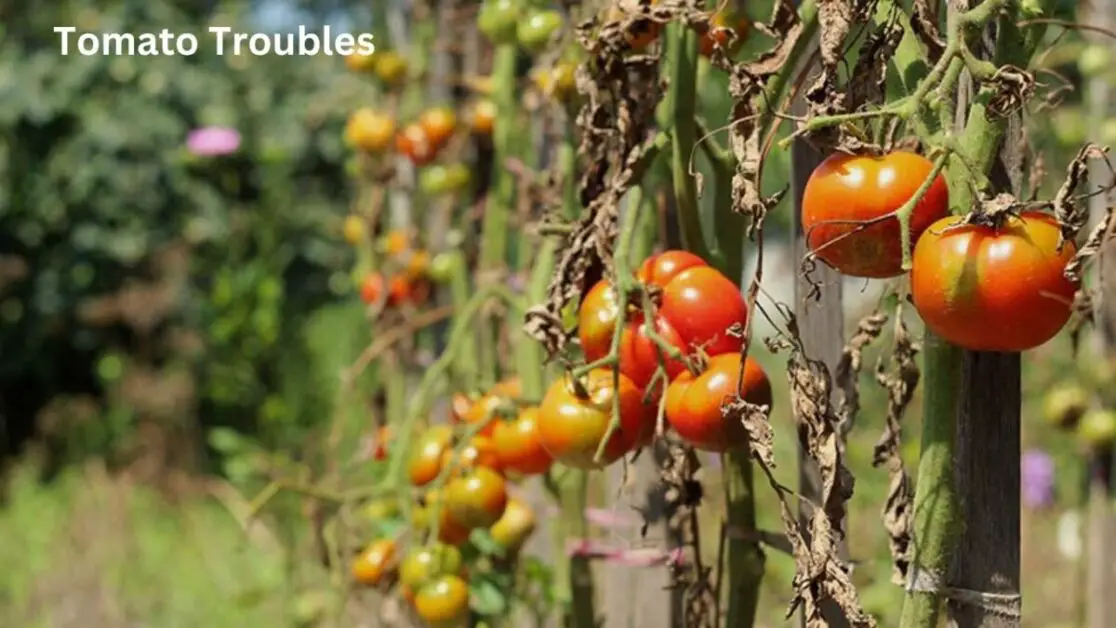
Fruitworms are a common tomato pest that can wreak havoc on your crop if not managed effectively. These tiny larvae feed on the fruit of the tomato plant, causing unsightly damage and potentially reducing your harvest. If left unchecked, fruitworms can lead to significant economic losses for growers. It is crucial to monitor your plants regularly and take proactive measures to control fruitworm populations before they spiral out of control.
One of the most effective ways to combat fruitworm infestations is through the use of biological control methods. Beneficial insects such as Trichogramma wasps can be introduced to the garden to help keep fruitworm populations in check. Additionally, applying neem oil or Bacillus thuringiensis (BT) can be an effective organic solution to control fruitworms without harming beneficial insects or the environment. By implementing a combination of cultural practices, biological controls, and organic pesticides, you can effectively manage fruitworm populations and protect your tomato crop from their destructive feeding habits.
Thrips Tomato Troubles
Thrips are tiny, slender insects that can wreak havoc on tomato plants if left unchecked. These pests feed on the leaves and stems of tomatoes, causing discoloration, silvering, and distortion of the plant tissue. One of the key indicators of thrips infestation is the presence of silvery streaks on the leaves, which are caused by the insects’ feeding habits. Additionally, tomatoes infested with thrips may exhibit stunted growth and decreased yields, making it essential to monitor and address thrips populations promptly.
To combat thrips infestations in tomato plants, integrated pest management strategies can be employed. This may include using insecticidal soaps or neem oil to control thrips, as well as employing physical barriers such as row covers to prevent their access to the plants. Additionally, promoting biodiversity in the garden by planting companion plants that repel thrips can help reduce their numbers. Regularly monitoring tomato plants for early signs of thrips and taking proactive measures to prevent their spread can significantly mitigate the damage caused by these troublesome pests.
Leaf Miners Tomato Troubles
Leaf miners are common pests that can wreak havoc on tomato plants if left unchecked. These tiny larvae tunnel through the leaves of the plant, leaving distinctive tracks and causing damage to the foliage. Infestations can lead to weakened plants that are more susceptible to other diseases and pests.
To identify leaf miners, look for serpentine trails or mines on the leaves of your tomato plants. These trails are often a pale color and may follow the veins of the leaf. While leaf miners typically do not cause significant damage to the overall health of the plant, severe infestations can lead to stunted growth and reduced yields. Implementing early detection and control measures can help mitigate the impact of these pesky pests on your tomato crop.
Tomato Troubles Caterpillars
Caterpillars can be a nuisance in tomato plants, causing extensive damage if left unchecked. These voracious feeders devour tomato leaves, leading to defoliation and reduced plant vigor. Identifying caterpillar infestations early on is crucial in preventing widespread harm to your tomato crop.
One common caterpillar that targets tomato plants is the hornworm. These large, green caterpillars can quickly strip a tomato plant of its foliage, affecting the plant’s ability to photosynthesize and produce fruit. Regularly inspecting your tomato plants for signs of hornworms, such as chewed leaves and droppings, can help you intervene promptly to protect your crop.
Tomato Troubles Beetles
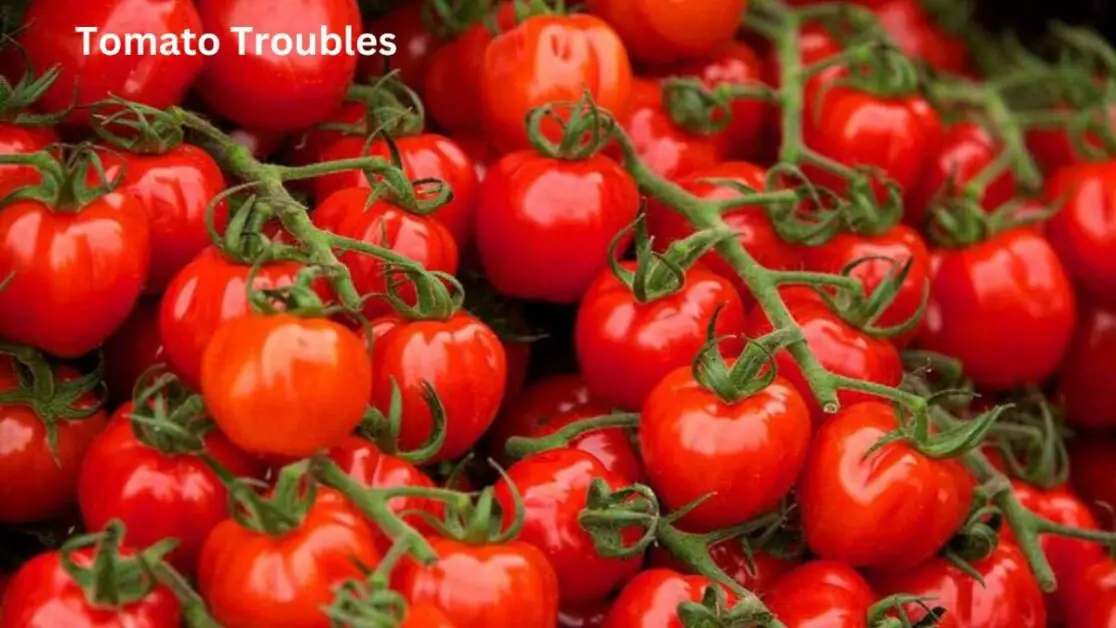
Beetles are a common pest that can wreak havoc on tomato plants if left unchecked. These insects are known for feeding on the leaves of the plant, causing significant damage that can stunt growth and hinder fruit production. Beetle infestations can quickly spiral out of control, making it essential for gardeners to stay vigilant and take proactive measures to protect their crops.
One of the most effective methods for managing beetle populations is to introduce natural predators, such as ladybugs or parasitic wasps, to the garden. These beneficial insects can help keep beetle numbers in check without the need for pesticides, creating a more sustainable and eco-friendly approach to pest control. Additionally, implementing physical barriers, such as row covers or netting, can also help prevent beetles from reaching the plants and causing damage.
here’s a table outlining various Tomato Troubles By pests, along with identification tips and management strategies:
| Pest | Identification | Management |
|---|---|---|
| Aphids | Small, soft-bodied insects often found clustered on new growth. Can be green, black, or pink. | Spray with insecticidal soap or neem oil. Introduce natural predators like ladybugs. |
| Whiteflies | Tiny, white, moth-like insects with powdery wings. Often found on the undersides of leaves. | Use yellow sticky traps. Apply insecticidal soap or horticultural oil. Introduce parasitic wasps. |
| Tomato Hornworm | Large, green caterpillars with white V-shaped markings along their sides. | Handpick and destroy. Encourage natural predators like parasitic wasps. |
| Tomato Fruitworm | Green or pink caterpillars with dark heads, often found feeding on green fruit. | Handpick affected fruit. Apply Bacillus thuringiensis (Bt) or spinosad-based insecticides. |
| Cutworms | Fat, gray or brown caterpillars that curl up when disturbed. Often found near the base of plants. | Place cardboard collars around seedlings. Apply diatomaceous earth around plants. |
| Tomato Russet Mite | Microscopic mites causing bronzing and distortion of leaves. | Prune affected plant parts. Apply sulfur-based miticides. |
| Leafminers | Larvae of small flies or moths that tunnel inside leaves, creating white or brown trails. | Remove affected leaves. Apply neem oil or spinosad. |
| Tomato Russet Mite | Microscopic mites causing bronzing and distortion of leaves. | Prune affected plant parts. Apply sulfur-based miticides. |
| Spider Mites | Tiny mites that cause stippling and webbing on leaves. Usually found on the undersides. | Spray with water to dislodge. Apply insecticidal soap or neem oil. |
| Thrips | Small, slender insects with fringed wings. Feed on leaves, causing stippling and distortion. | Apply insecticidal soap or neem oil. Use reflective mulch to deter. |
| Tomato Psyllid | Small, jumping insects with transparent wings. Nymphs cause yellowing and curling of leaves. | Remove affected leaves. Apply insecticidal soap or neem oil. |
| Flea Beetles | Tiny, jumping beetles that chew small holes in leaves. Often shiny and black or metallic. | Apply floating row covers. Use diatomaceous earth or insecticidal soap. |
| Wireworms | Yellowish-brown, slender larvae with hard bodies. Found in soil, feeding on roots and tubers. | Rotate crops regularly. Use bait traps with potatoes or carrots. |
| Root Knot Nematodes | Microscopic roundworms causing galls on roots, leading to stunted growth and wilting. | Plant resistant tomato varieties. Solarize soil to kill nematodes. |
| Blister Beetles | Long, narrow beetles with soft bodies. Feed on foliage, causing defoliation and blistering. | Handpick and destroy. Use insecticidal soap or pyrethrin-based sprays. |
| Slugs | Soft-bodied, mollusk pests leaving slime trails. Feed on leaves, causing irregular holes. | Handpick at night or early morning. Use beer traps or diatomaceous earth. |
| Snails | Similar to slugs but with a coiled shell. Feed on leaves and fruit, leaving irregular holes. | Handpick at night or early morning. Use beer traps or diatomaceous earth. |
| Tarnished Plant Bug | Small, brown bugs with distinctive yellow triangles on their backs. Cause brown spots on fruit. | Apply insecticidal soap or neem oil. Encourage natural predators. |
| Cabbage Loopers | Green caterpillars with white stripes, looping as they move. Feed on leaves and fruit. | Handpick affected plants. Apply Bacillus thuringiensis (Bt) or spinosad-based insecticides. |
| Tomato Pinworm | Small, green caterpillars with black heads. Tunnel inside fruit, causing damage and rot. | Handpick affected fruit. Apply Bacillus thuringiensis (Bt) or spinosad-based insecticides. |
This table provides a comprehensive overview of common tomato pests, their identification features, and recommended management strategies.
Preventative Measures for Tomato Pests
To prevent tomato pests in your garden, it is crucial to practice good crop rotation. By rotating the location of your tomato plants each season, you can disrupt the life cycle of pests and reduce their overall impact on your plants. Additionally, maintaining proper spacing between tomato plants can help improve air circulation, which in turn can reduce the risk of fungal diseases that often attract pests.
Furthermore, consider using natural predators such as ladybugs and parasitic wasps to control common tomato pests like aphids and whiteflies. These beneficial insects can effectively keep pest populations in check without the need for harsh chemical pesticides. Additionally, regularly inspecting your tomato plants for early signs of pest infestation and promptly addressing any issues can help prevent widespread damage and ensure healthy plant growth throughout the season.
How can I prevent aphids from infesting my tomato plants?
One effective way to prevent aphids is by regularly inspecting your plants and removing any affected leaves. You can also introduce natural predators like ladybugs to help control the aphid population.
What steps can I take to protect my tomato plants from hornworms?
To prevent hornworm infestations, consider using row covers to protect your plants from adult moths laying eggs. Handpicking hornworms off your plants can also be an effective control method.
Are there any natural remedies for controlling whiteflies on tomato plants?
Yes, you can use insecticidal soap or neem oil to effectively control whiteflies on your tomato plants. Additionally, introducing natural enemies like parasitic wasps can help keep whitefly populations in check.
How can I prevent spider mites from damaging my tomato plants?
To prevent spider mites, make sure to keep your plants well-watered and avoid overhead watering, as spider mites thrive in dry conditions. You can also try spraying your plants with a strong stream of water to dislodge the mites.
What preventative measures can I take to avoid fruitworm infestations on my tomato plants?
To prevent fruitworms, consider planting resistant tomato varieties and removing any affected fruits promptly. Applying Bacillus thuringiensis (Bt) can also help control fruitworm populations.
Are there any natural predators I can introduce to control thrips on my tomato plants?
Yes, you can introduce predatory insects like lacewings or minute pirate bugs to help control thrip populations on your tomato plants. Additionally, maintaining good plant hygiene and removing weeds can help prevent thrip infestations.



